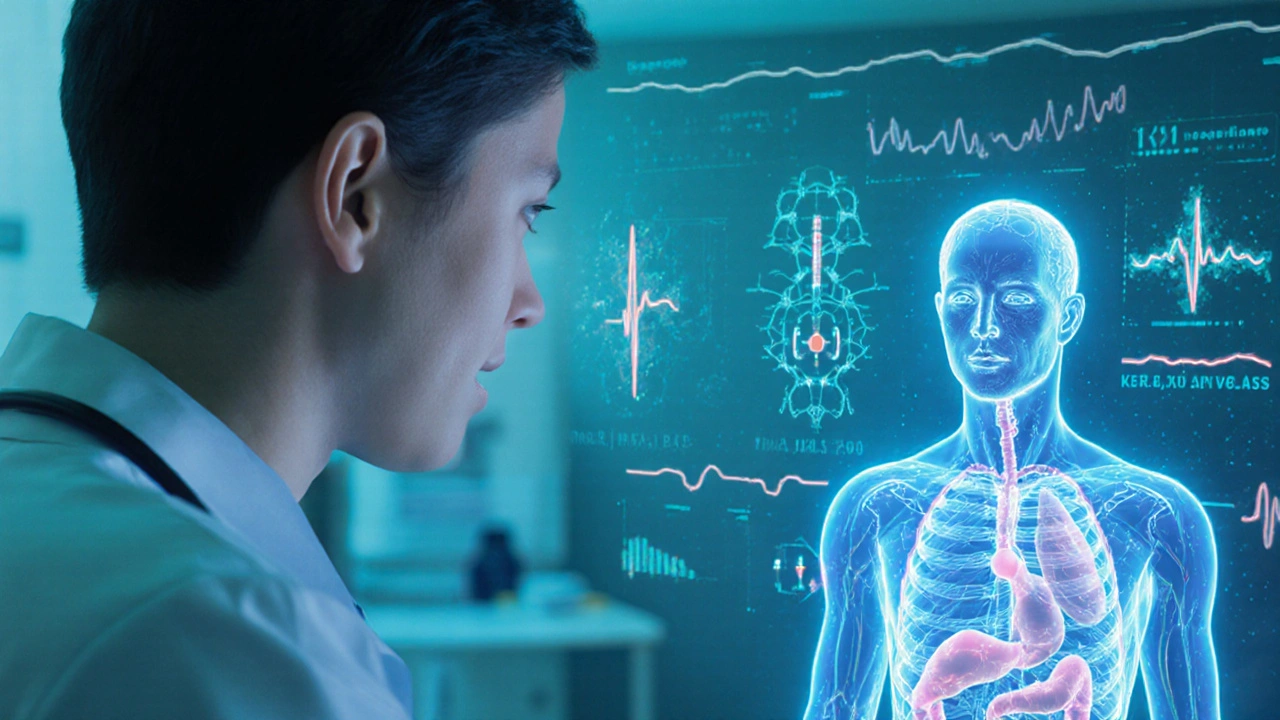Machine Learning in Healthcare: How AI Is Saving Lives Today
When you think of machine learning healthcare, the use of algorithms that learn from medical data to make predictions or decisions without being explicitly programmed. Also known as AI in medicine, it’s not science fiction—it’s in hospitals right now, helping doctors spot tumors earlier, predict heart attacks before they happen, and cut down on costly misdiagnoses. This isn’t about robots taking over. It’s about software that learns from millions of patient records, X-rays, and genetic maps to find patterns humans miss.
Take AI diagnostics, systems that analyze medical images like X-rays or MRIs to detect abnormalities with accuracy matching or exceeding radiologists. A study from Stanford showed an AI model detected breast cancer in mammograms better than human radiologists in some cases. Or consider machine learning applications, real-world tools that predict which patients are likely to be readmitted to the hospital, so clinics can intervene before it happens. These aren’t lab experiments. They’re being used in Mayo Clinic, Johns Hopkins, and NHS hospitals. Even small clinics are using affordable AI tools to flag sepsis risk or monitor diabetic retinopathy from smartphone photos.
What ties all this together? data. The more clean, labeled medical data these systems get, the smarter they become. That’s why hospitals are finally sharing anonymized records, and why companies are building tools that work across different systems. But it’s not just about tech—it’s about trust. Doctors need to understand why the AI made a call. Patients need to know their data is safe. That’s why the best machine learning healthcare tools don’t replace humans—they give them superpowers.
What you’ll find below are real guides, deep dives, and no-fluff breakdowns of how this tech actually works in clinics, what tools are being used, and how developers and medical teams are making it happen—without hype, without jargon, just clear examples from the front lines.

- Nov 4, 2025
- Mitchell Benson
- 0 Comments
How AI Is Transforming Personalized Medicine Today
AI is revolutionizing healthcare by tailoring treatments to individual biology, predicting diseases early, and cutting drug development time. It’s not replacing doctors-it’s giving them the tools to care better.
